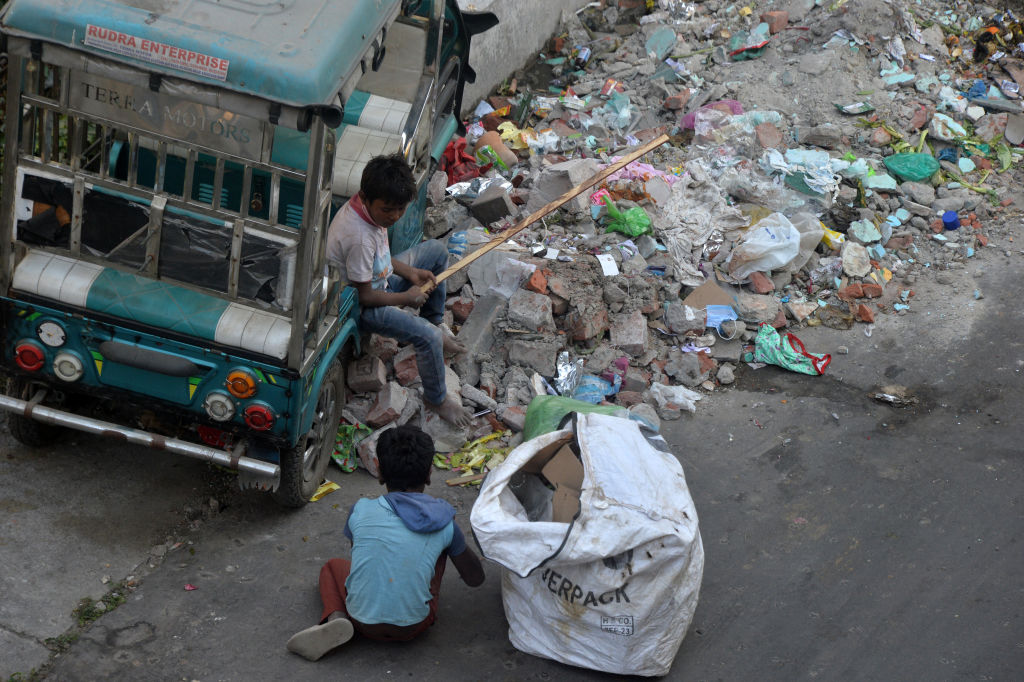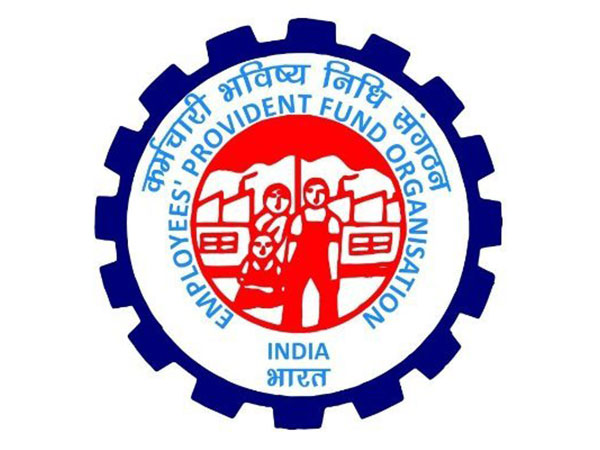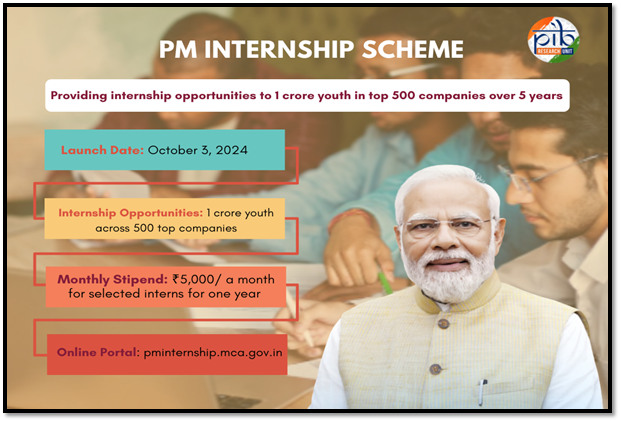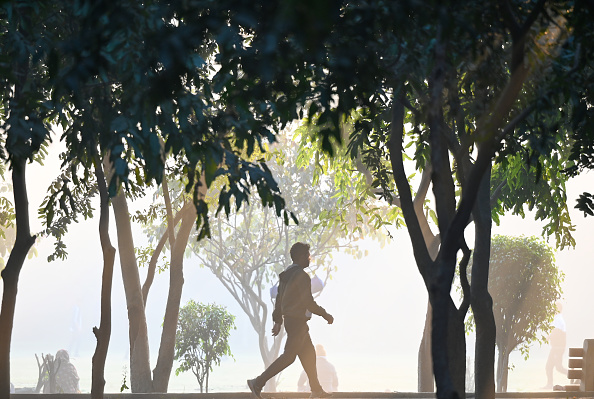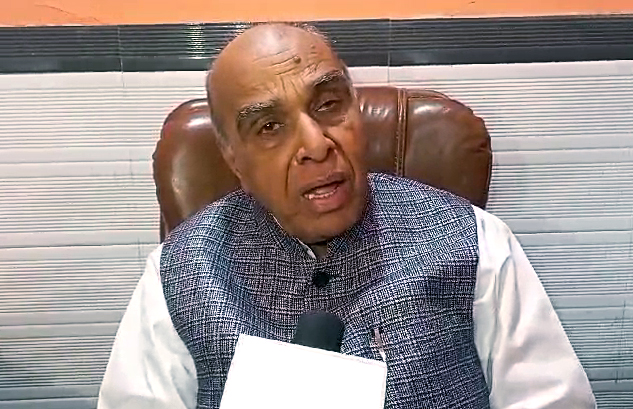In one of the most remarkable achievements of the past decade, India has lifted 171 million people out of extreme poverty, according to the World Bank’s Spring 2025 Poverty and Equity Brief. The report highlights that the proportion of Indians living on less than 2.15 US dollars a day—the international benchmark for extreme poverty—fell sharply from 16.2 percent in 2011-12 to just 2.3 percent in 2022-23, according to the Ministry of Information & Broadcasting.
This achievement stands as a testament to the Government of India’s commitment to inclusive development, with focused efforts in both rural and urban areas. Through targeted welfare schemes, economic reforms, and enhanced access to essential services, India has made substantial progress in reducing poverty levels. The World Bank’s brief emphasizes how these initiatives have significantly impacted millions, helping to narrow the poverty gap across the country.
The World Bank’s Poverty and Equity Briefs (PEBs) track trends in poverty, shared prosperity, and inequality across over 100 developing countries. Published twice a year during the Spring and Annual Meetings of the World Bank Group and the International Monetary Fund, the briefs provide a snapshot of a country’s poverty and inequality status. They present updated data on key development indicators, covering aspects such as poverty rates using national poverty lines and international benchmarks, multidimensional poverty (which includes education and basic services), and inequality through measures like the Gini Index.
The World Bank’s report finds that the reduction in extreme poverty in India has been broad-based, covering both rural and urban areas. In rural regions, extreme poverty fell from 18.4 percent in 2011-12 to 2.8 percent in 2022-23. Urban centers witnessed a decline from 10.7 percent to 1.1 percent over the same period. Moreover, the rural-urban poverty gap shrank from 7.7 percentage points to just 1.7 percentage points, reflecting an annual decline rate of 16 percent between 2011-12 and 2022-23.
India has also made strong gains at the lower-middle-income poverty line, measured at 3.65 US dollars per day. The poverty rate at this level fell from 61.8 percent in 2011-12 to 28.1 percent in 2022-23, lifting 378 million people out of poverty. Rural poverty at this threshold declined from 69 percent to 32.5 percent, while urban poverty dropped from 43.5 percent to 17.2 percent. The rural-urban gap narrowed significantly from 25 percentage points to 15 percentage points, with a 7 percent annual decline between 2011-12 and 2022-23.
Key states have played a major role in this success. Uttar Pradesh, Maharashtra, Bihar, West Bengal, and Madhya Pradesh, which together accounted for 65 percent of India’s extreme poor in 2011-12, contributed to two-thirds of the overall decline in extreme poverty by 2022-23.
Alongside monetary poverty reduction, India has seen notable improvements in reducing non-monetary poverty. The Multidimensional Poverty Index (MPI), which includes factors like education, health, and living conditions, shows that poverty declined from 53.8 percent in 2005-06 to 16.4 percent by 2019-21. According to the World Bank’s Multidimensional Poverty Measure, this figure stood at 15.5 percent in 2022-23, reflecting ongoing improvements in living standards.
With the adoption of revised international poverty lines and 2021 Purchasing Power Parities (PPPs), new poverty estimates suggest that extreme poverty stood at 5.3 percent and lower-middle-income poverty at 23.9 percent for 2022-23. India’s consumption-based Gini index, a measure of income inequality, improved from 28.8 in 2011-12 to 25.5 in 2022-23, indicating a reduction in inequality.
Employment trends have also been encouraging. Since 2021-22, employment growth has outpaced the growth of the working-age population, with rising employment rates, particularly among women. Urban unemployment fell to 6.6 percent in the first quarter of FY24/25, the lowest level since 2017-18. Data shows a shift of male workers from rural to urban areas for the first time since 2018-19, while rural female employment in agriculture has grown. There has also been a notable rise in self-employment, especially among rural workers and women, boosting overall economic participation.
Hence, the World Bank’s Spring 2025 Poverty and Equity Brief highlights India’s remarkable progress in combating poverty over the past decade. The sharp decline in both extreme and lower-middle-income poverty, the narrowing of the rural-urban gap, the rise in employment—particularly among women—and the reduction in multidimensional poverty reflect the effective and sustained efforts of the Government of India. These achievements lay a strong foundation for continued advancement in poverty eradication and inclusive growth.










